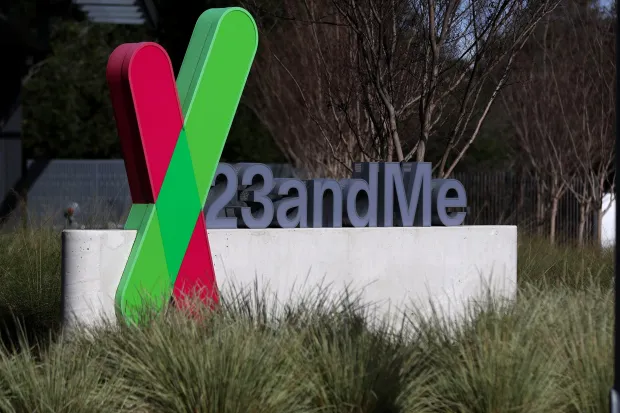BIG UPDATE: Struggling retailer closes more stores in Chapter 11 bankruptcy
According to The Street, The retail sector has faced significant challenges since the COVID-19 pandemic, resulting in numerous companies grappling with financial distress and filing for bankruptcy. Retailers have been impacted by store closures, supply chain disruptions, a shift away from brick-and-mortar shopping, and rising labor costs, all contributing to declining revenues.
One of the most notable bankruptcies in the past year was Rite Aid’s Chapter 11 filing on October 15, 2023. The retailer aimed to reorganize, reject store leases, and close underperforming locations. Initially, Rite Aid planned to close 154 stores, but that number increased to over 800 by August. The company successfully exited bankruptcy on September 3.
LL Flooring, a competitor of Home Depot, filed for Chapter 11 bankruptcy on August 11, seeking to sell its assets. After two sale proposals fell through, the company decided to liquidate and shut down 430 stores. However, on September 5, LL Flooring reversed its decision after reaching a sale agreement with private equity firm F9 Investments, which purchased 219 stores and will continue operating the business as a going concern. Despite this, the company still closed 211 stores.
Discount home goods retailer Big Lots also faced financial challenges, filing for Chapter 11 protection on September 9 in the U.S. Bankruptcy Court for the District of Delaware. The retailer sought a sale of its assets to its stalking-horse bidder, Nexus Capital Management, with a bid of $760 million, which includes $2.5 million in cash, debt payoff, and assumption of liabilities.
The court has scheduled an auction for October 18 if additional bidders submit offers, with a hearing to approve the proposed sale set for November 4. In its bankruptcy filing, Big Lots listed assets and liabilities ranging from $1 billion to $10 billion, including $556.1 million in funded debt obligations, which consist of a $433.6 million asset-based lending facility and a $122.5 million term loan.
Also read: SNAP Benefits 2025 Increase Date: When will SNAP benefits increase be applied for next year?
The Columbus, Ohio-based retailer cited several macroeconomic and industry-specific challenges, including high competition, disruptions from COVID-19, a high-interest-rate environment, and an unreliable supply chain that raised operating costs as reasons for its bankruptcy filing. In filings with the Securities and Exchange Commission, Big Lots indicated that elevated inflation had negatively affected its customers’ purchasing power, leading its core consumers to be hesitant in buying big-ticket discretionary items.
CEO Bruce Thorn noted that the company has struggled in recent quarters, with a downturn in the economy adversely impacting customer sentiment and profits. Big Lots reported a 10.2% decline in sales to $1.01 billion during the first quarter, along with a loss of $132.3 million.
As the nation’s fourth-largest home goods retailer, Big Lots generated general operating revenues of $4.7 billion in 2023. Established in 1967, the retailer operated approximately 1,392 stores across 48 states earlier this year before filing for Chapter 11 protection. On September 11, the company submitted an interim order seeking approval for an initial list of 344 store closures nationwide. This initial list marked the beginning of Big Lots’ downsizing, with the retailer filing an additional list on September 20 to shut down another 49 locations. More lists of additional store closures are expected as the bankruptcy case progresses.






